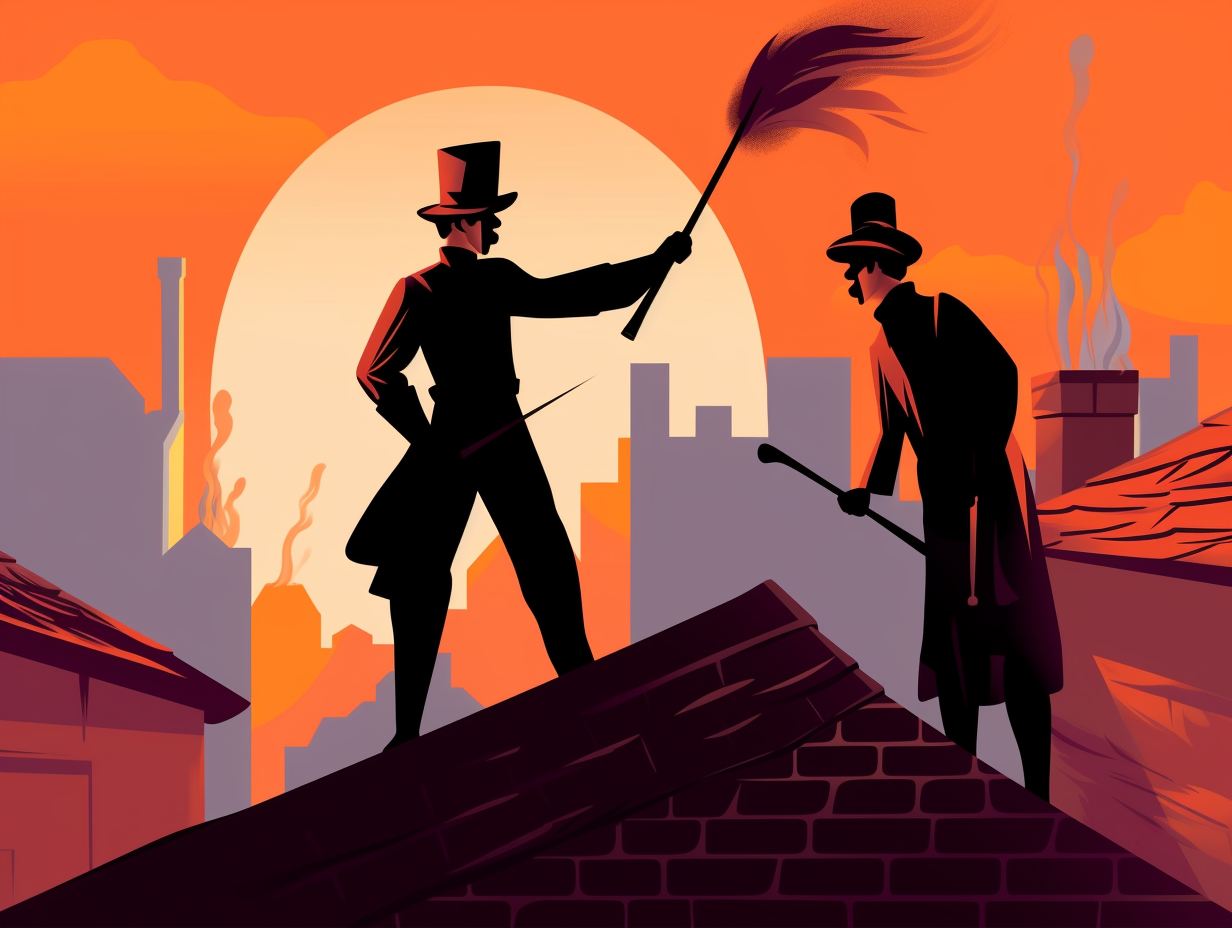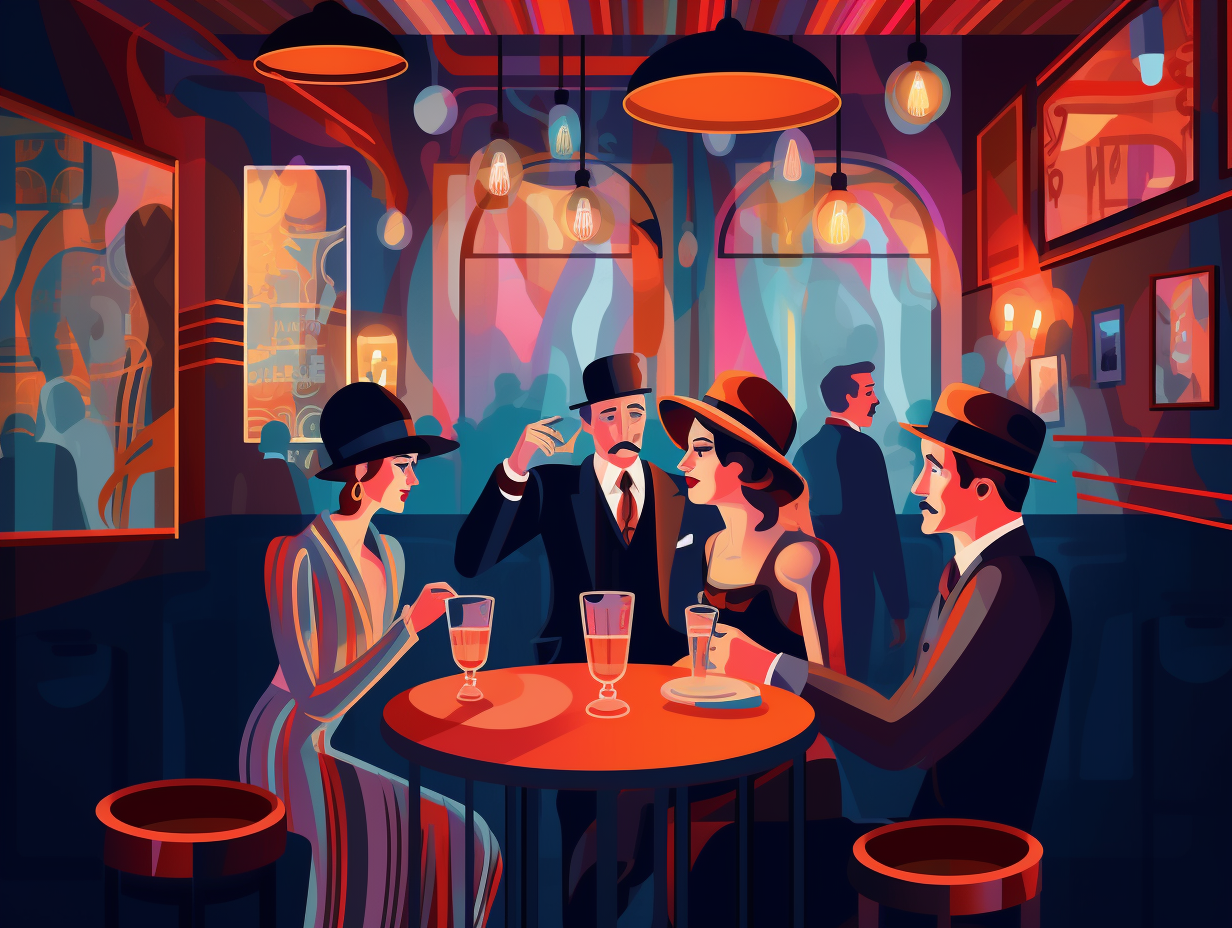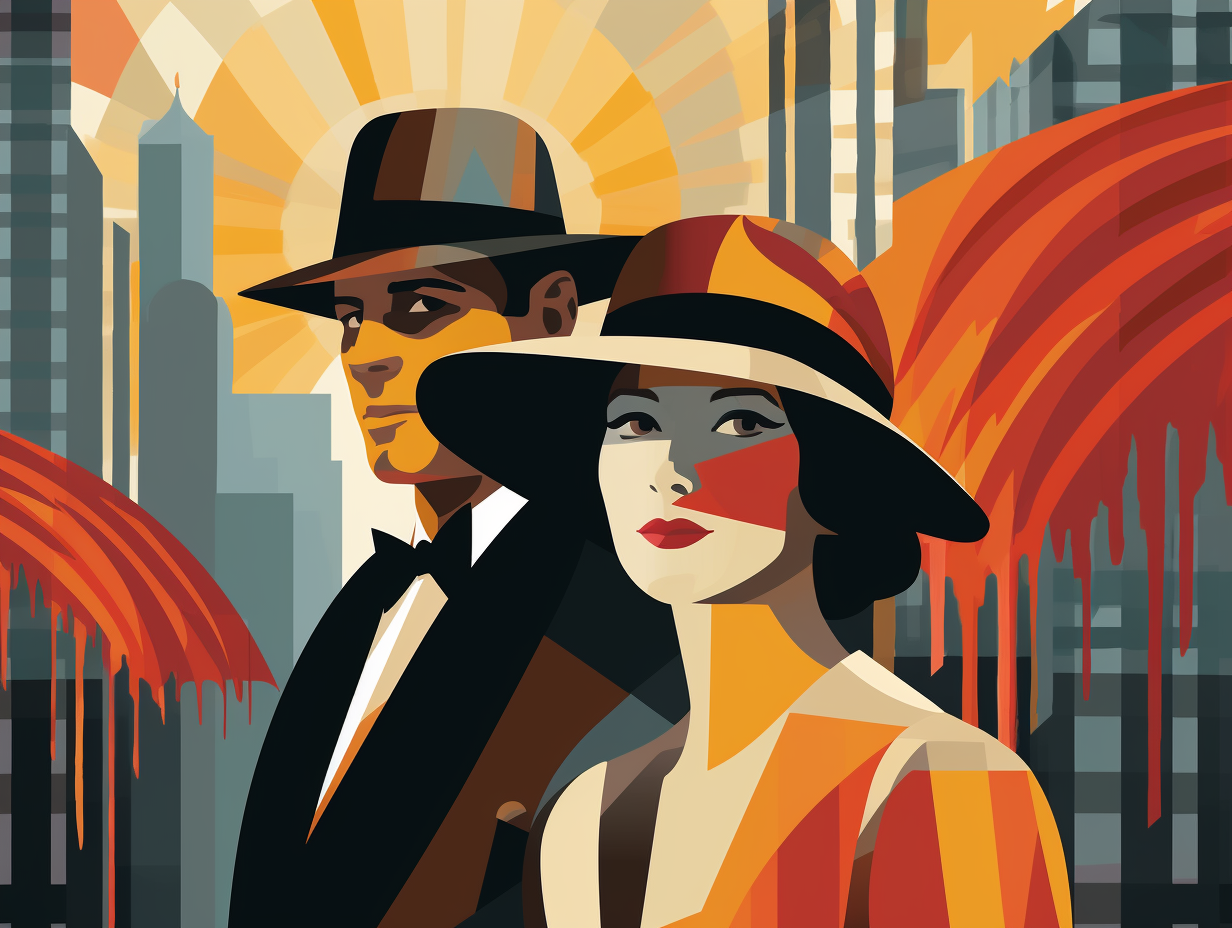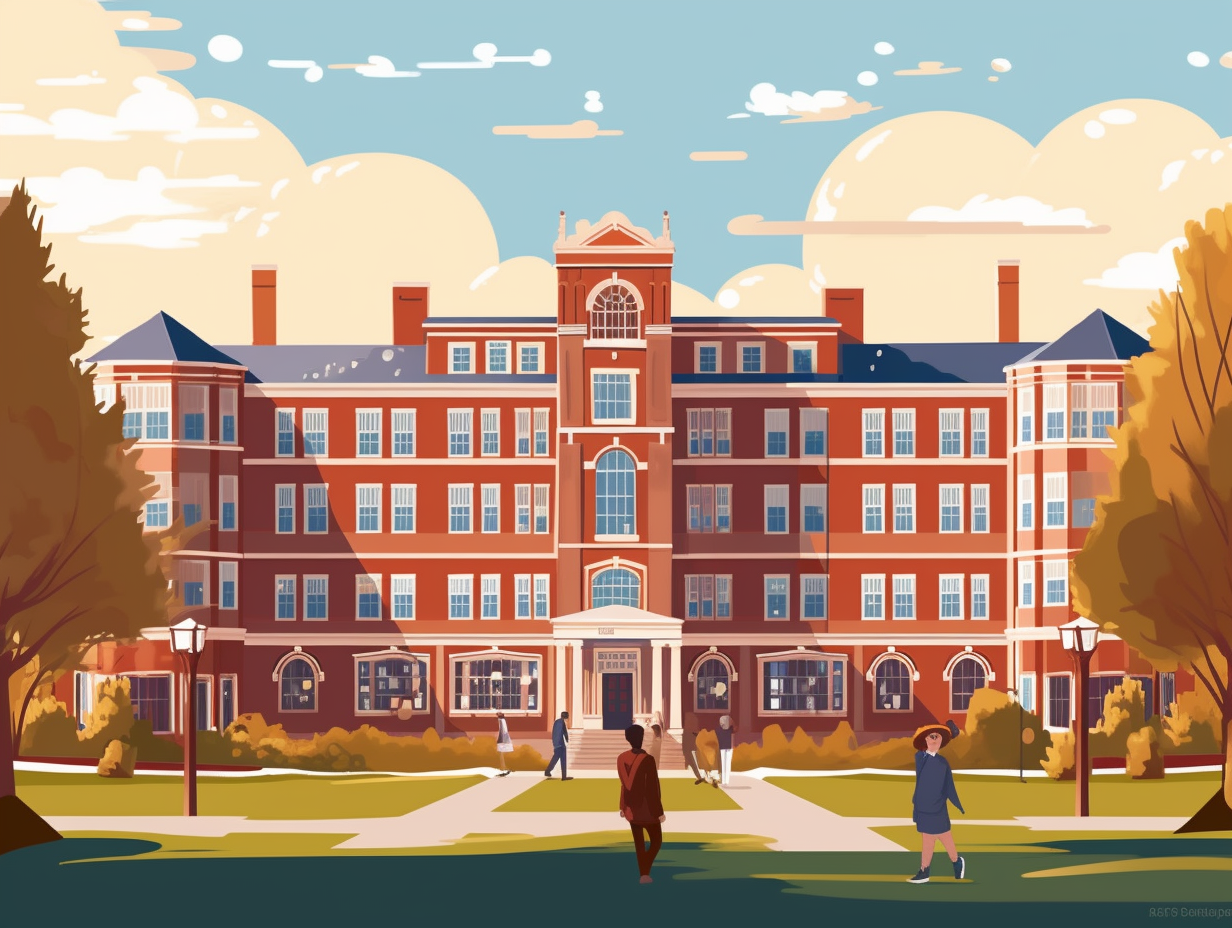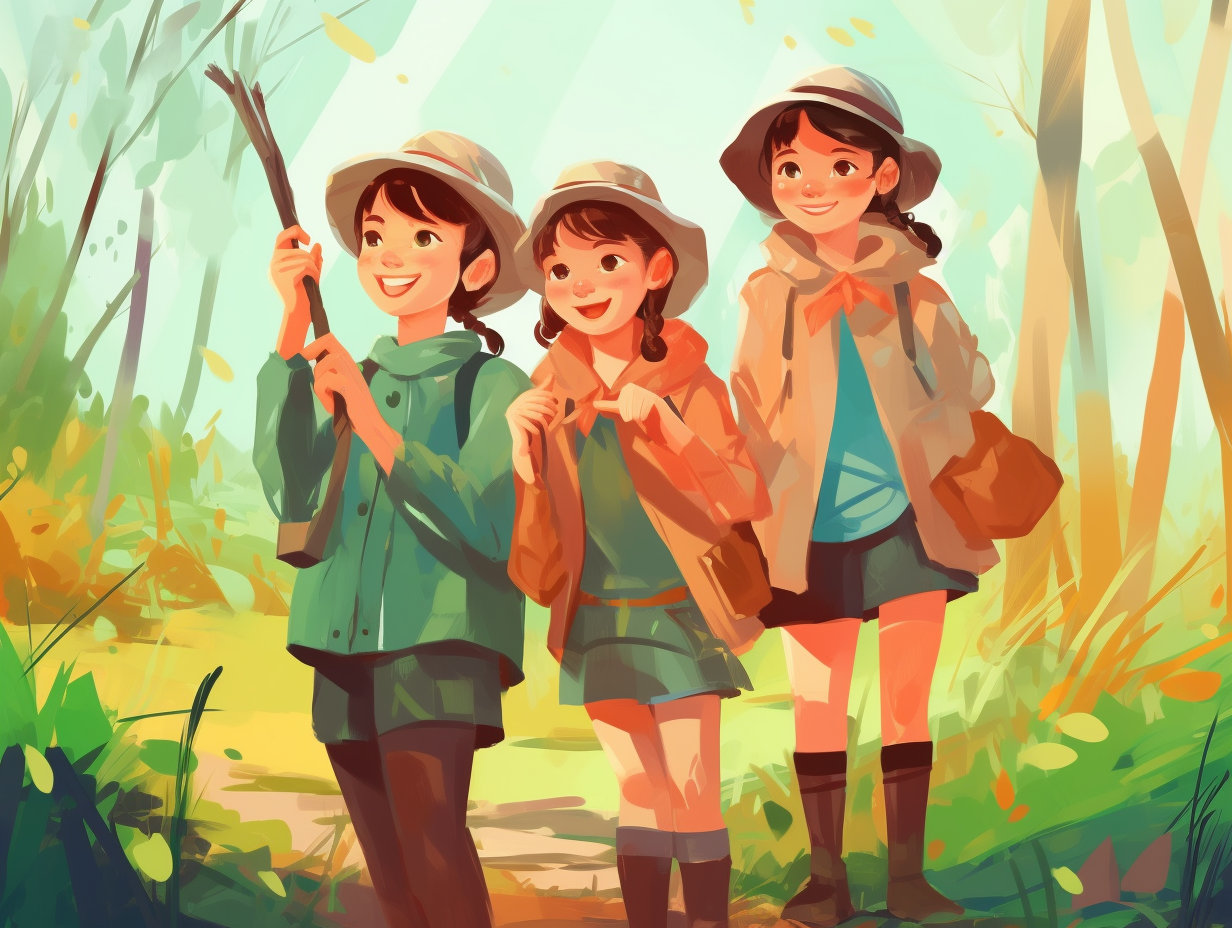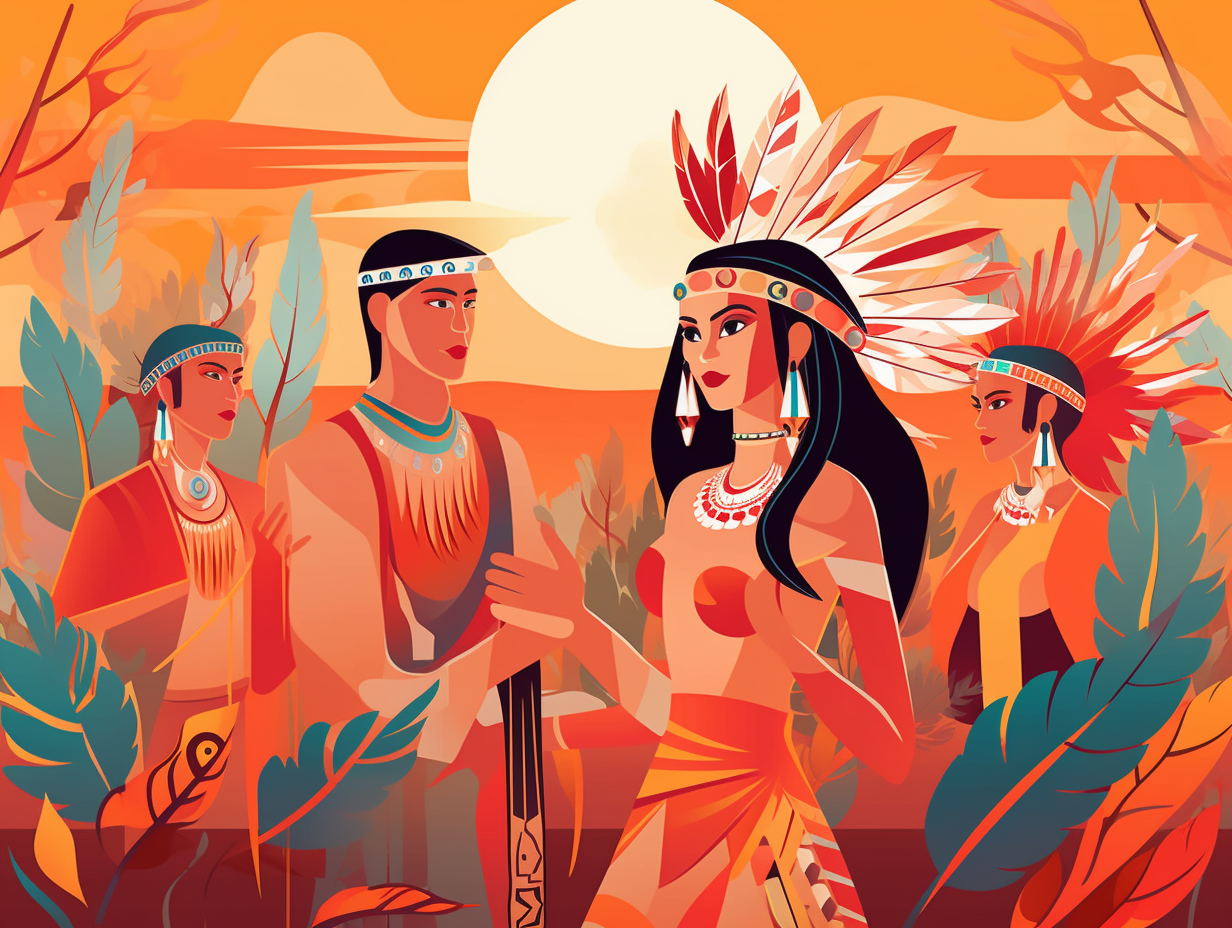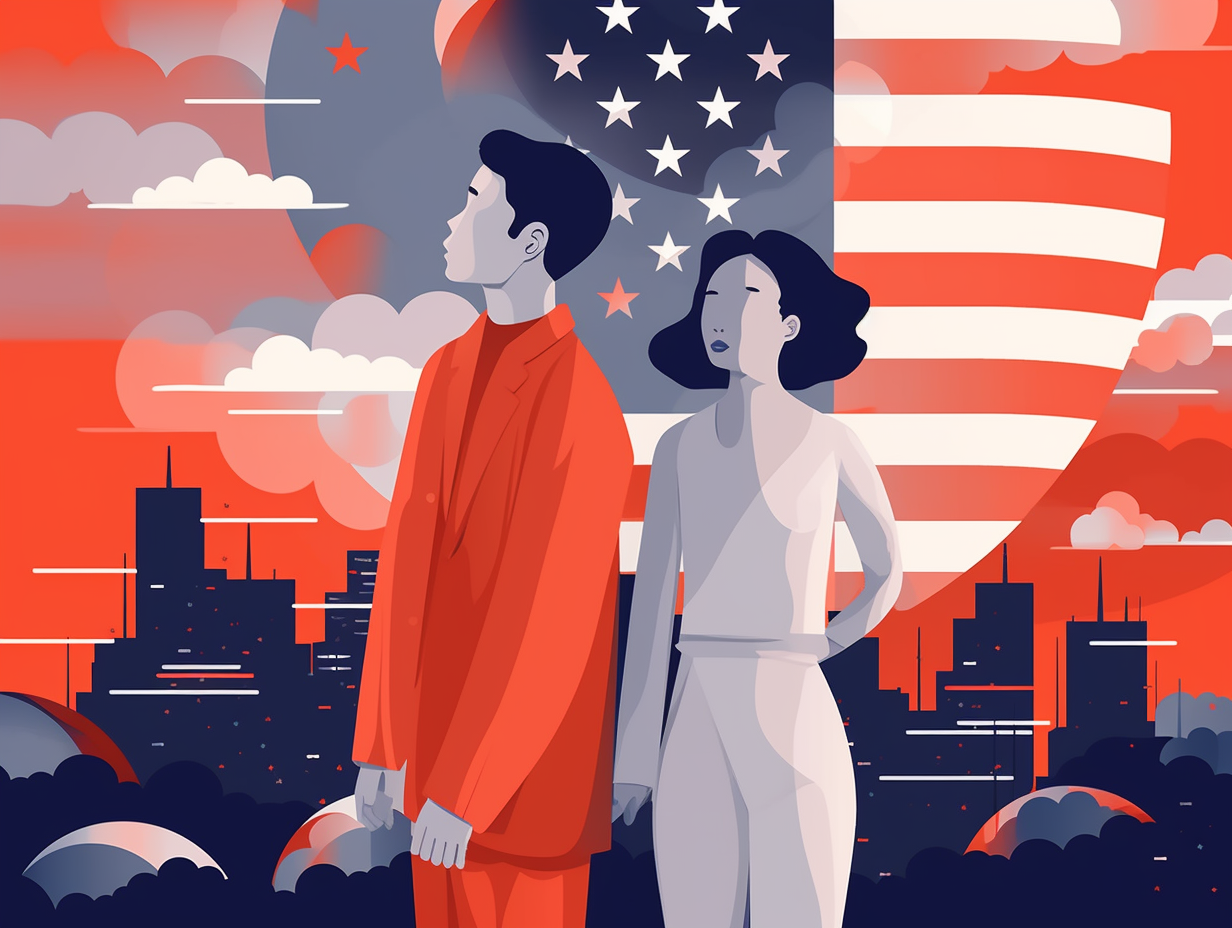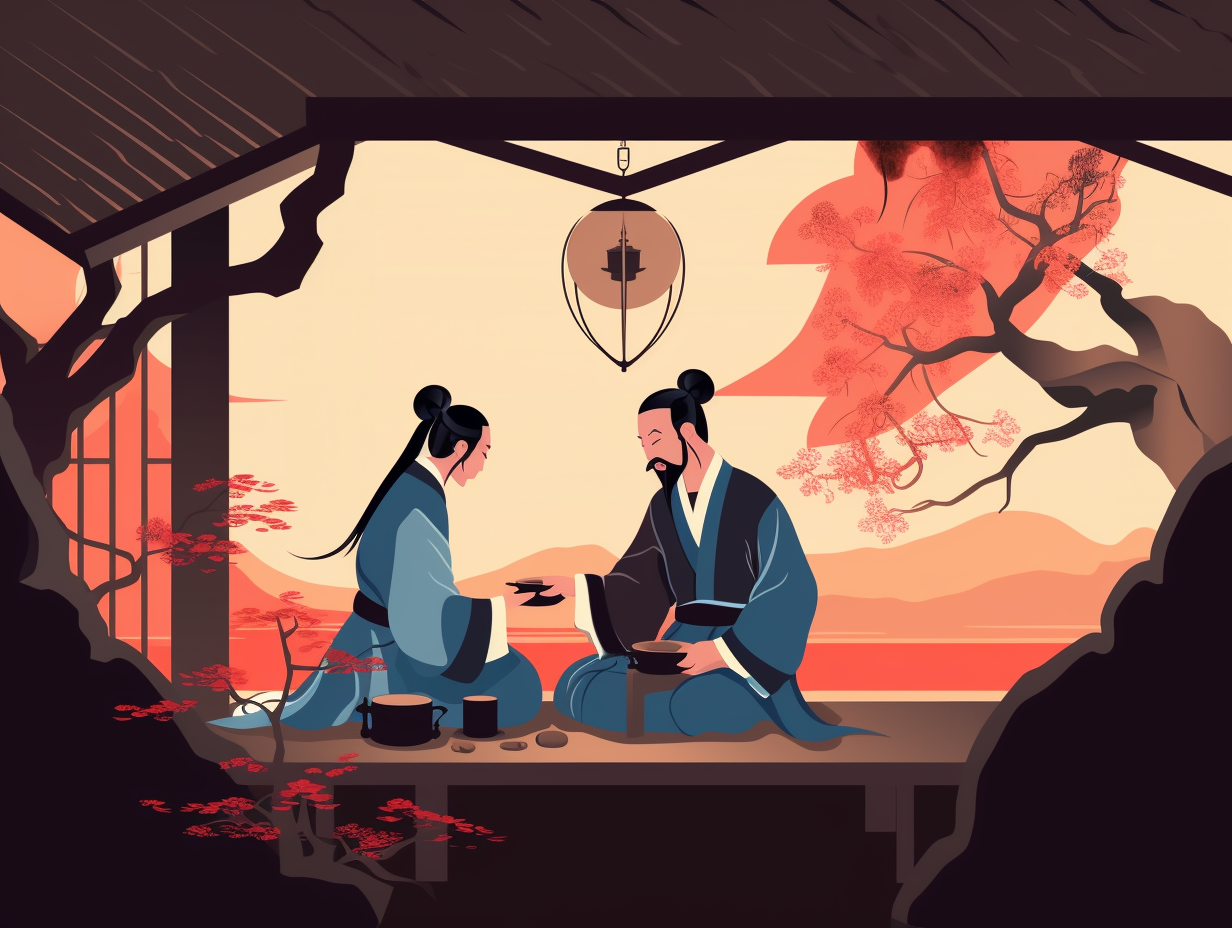Discover 11 Amazing Longhouse Fun Facts: Unravel the Secrets of These Unique Homes
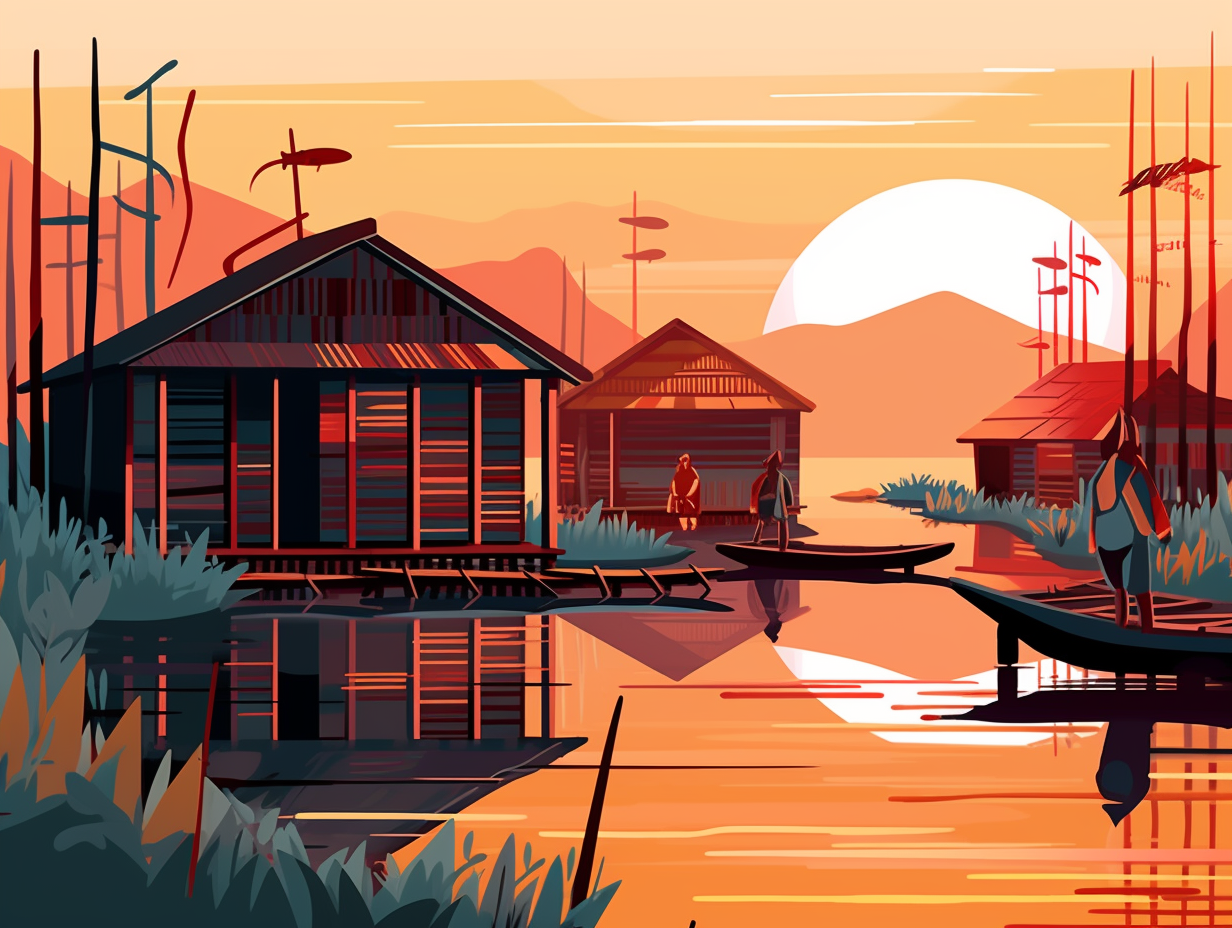
1. Nautical Real Estate
Ready to fall head-over-heels for Viking real estate? Say hello to longhouses, the ultimate party pad and dream home all rolled into one: Built on slopes for stability and easy water runoff, these Nordic structures featured one straight wall, one boat-shaped wall, and a central hall for feasting, lounging, and even sleeping, with sheepskin cushions and cozy woolen blankets for extra hygge vibes.
Source => followthevikings.com
2. Boat-Inspired Walls
Who knew Vikings were so into nautical interior design trends? Channeling their inner Chip and Joanna Gaines, these fierce warriors managed to bring the essence of the sea right into their living quarters: Viking longhouses often featured walls that were bowed and shaped like boats, providing stability and even weight distribution during those pesky winter storms.
Source => lifeinnorway.net
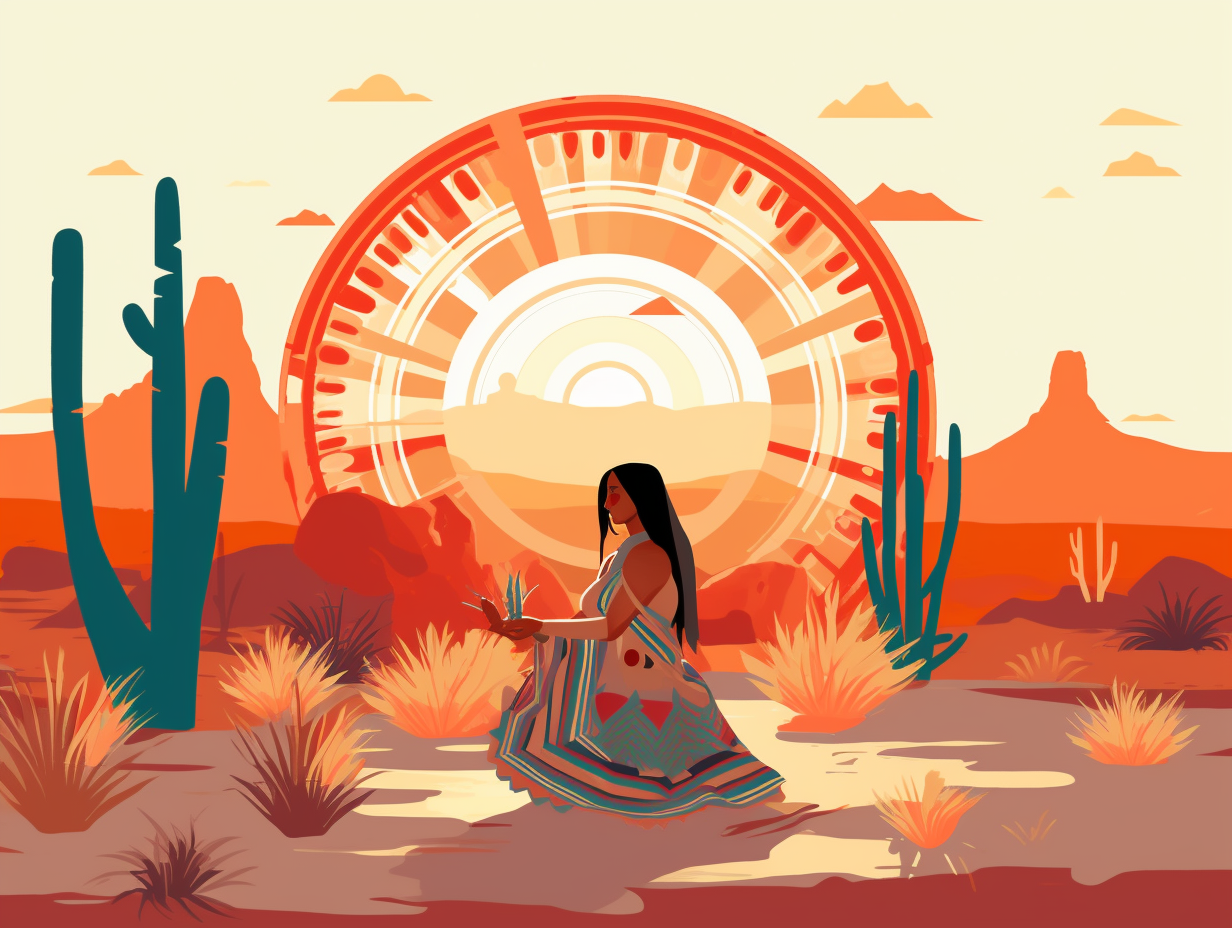
Discover how the Navajo Nation is combating climate change by merging traditional knowledge and modern practices in their innovative Climate Change Program! 🌱🌎
=> Fun Facts about Navajo
3. Multi-Function Venues
In a village where town hall meetings and Broadway shows collided head-on: Longhouses did double (and sometimes triple) duty as homes, town halls, and performance venues, starring the Onondaga longhouse in some of the hottest religious ceremonies around.
Source => en.wikipedia.org
4. Expert Upcyclers
When Vikings weren't busy being the "Life of the Norse Party" and raiding coastal villages, they doubled as expert upcyclers, putting modern environmentalists to shame: These eco-savvy seafarers utilized every bit of their domestic animals, making clothes, tools, and utensils out of bones, skins, and horns, while preserving meat by drying and salting and churning milk into cheese and butter for some fatty winter treats.
Source => en.natmus.dk
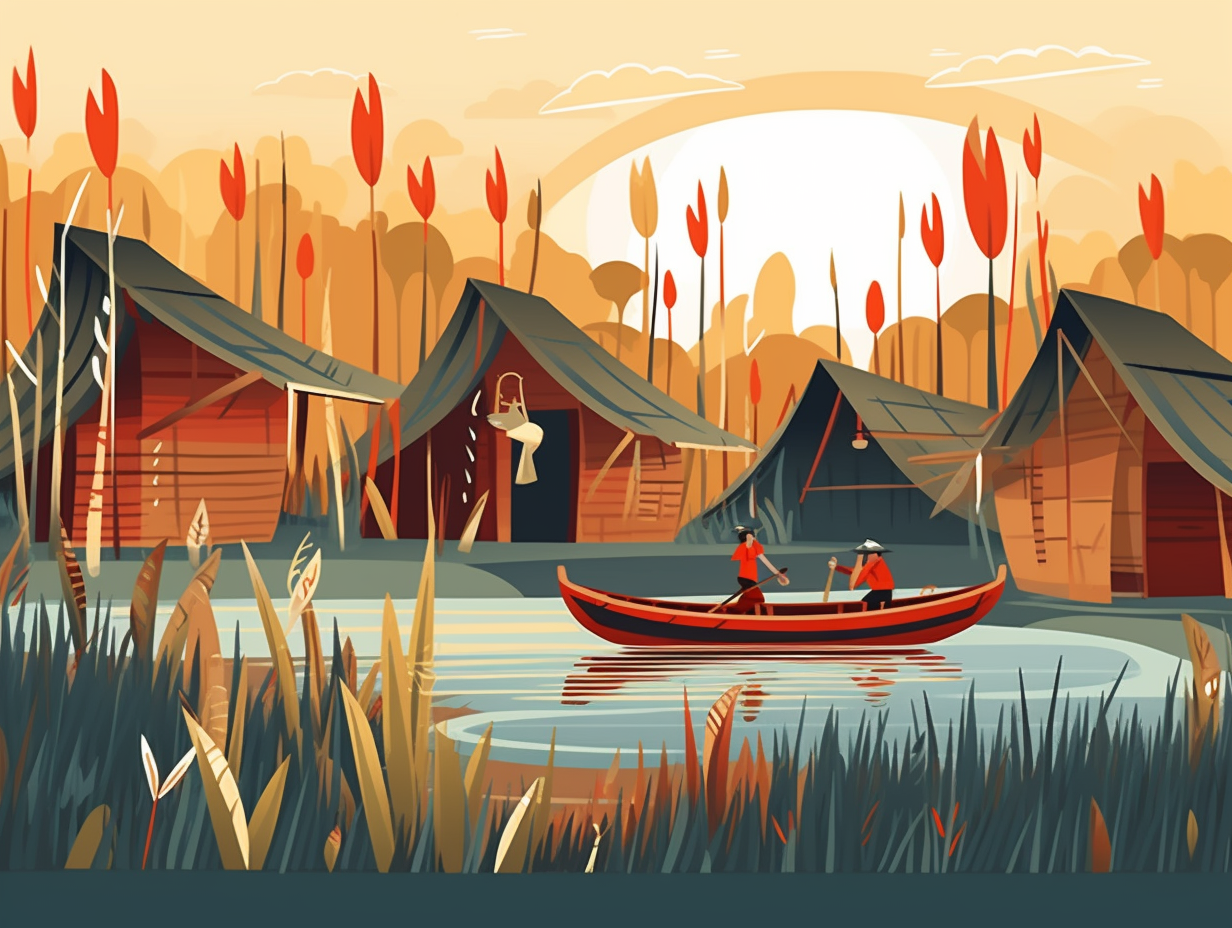
5. Cozy Farm Life
Wouldn't you know it, even Viking sitcoms had it wrong: before pillaging your heart, they mostly just lived cozy farm lives in close-knit community clusters. The plot twist of the Norse: not every Viking could boast of owning a grand longhouse; those architectural masterpieces were reserved for only the wealthiest in rural villages as a stunning centerpiece to their estates.
Source => lifeinnorway.net
6. Eco-Warriors
Longhouses: the original eco-warriors, battling frostbite and fighting off icicles with the sheer power of turf! These ancient heroes of sustainable housing didn't just throw up a tent and call it a day – oh no, they went head-to-head with the furious Arctic winds and emerged victorious: Born from the clever minds of Norse people, longhouses utilized the earth itself for construction and insulation, evolving over time to include intentionally crafted sod roofs for improved weather protection. This eco-friendly architectural know-how still holds strong in regions such as Iceland, Greenland, and the Faroe Islands, where turf houses are monuments to mankind's early ingenuity.
Source => sciencedirect.com
7. Generational Housing
Forget Viking "cribs" for cows and chickens: Viking longhouses were actually sophisticated structures with separate rooms and aisles, designed to accommodate entire generations of humans. Central aisles were designated for cooking and socializing, while elevated benches offered multi-purpose seating, dining, and sleeping arrangements.
Source => hurstwic.org
8. Open-Concept Pioneers
Move over, open-concept floor plans, the Vikings had already figured it all out: In their longhouses, each family still had a designated space with the central part serving as a corridor, while the sides were divided into sections for individual families and their animals. Wooden benches along the walls pulled double duty as seating or sleeping areas, and even had storage space underneath – a minimalist's dream!
Source => lifeinnorway.net
9. Boat-Shaped Huts
Behold the bow-wowed abodes of yore, where Vikings played "Whose hut is it anyway?": Longhouses were architected with a bow-like boat shape, using materials such as turf, sod, or lumber depending upon regional scarcities, and designed to minimize the resulting smoke from their resourceful fires.
Source => lifeinnorway.net
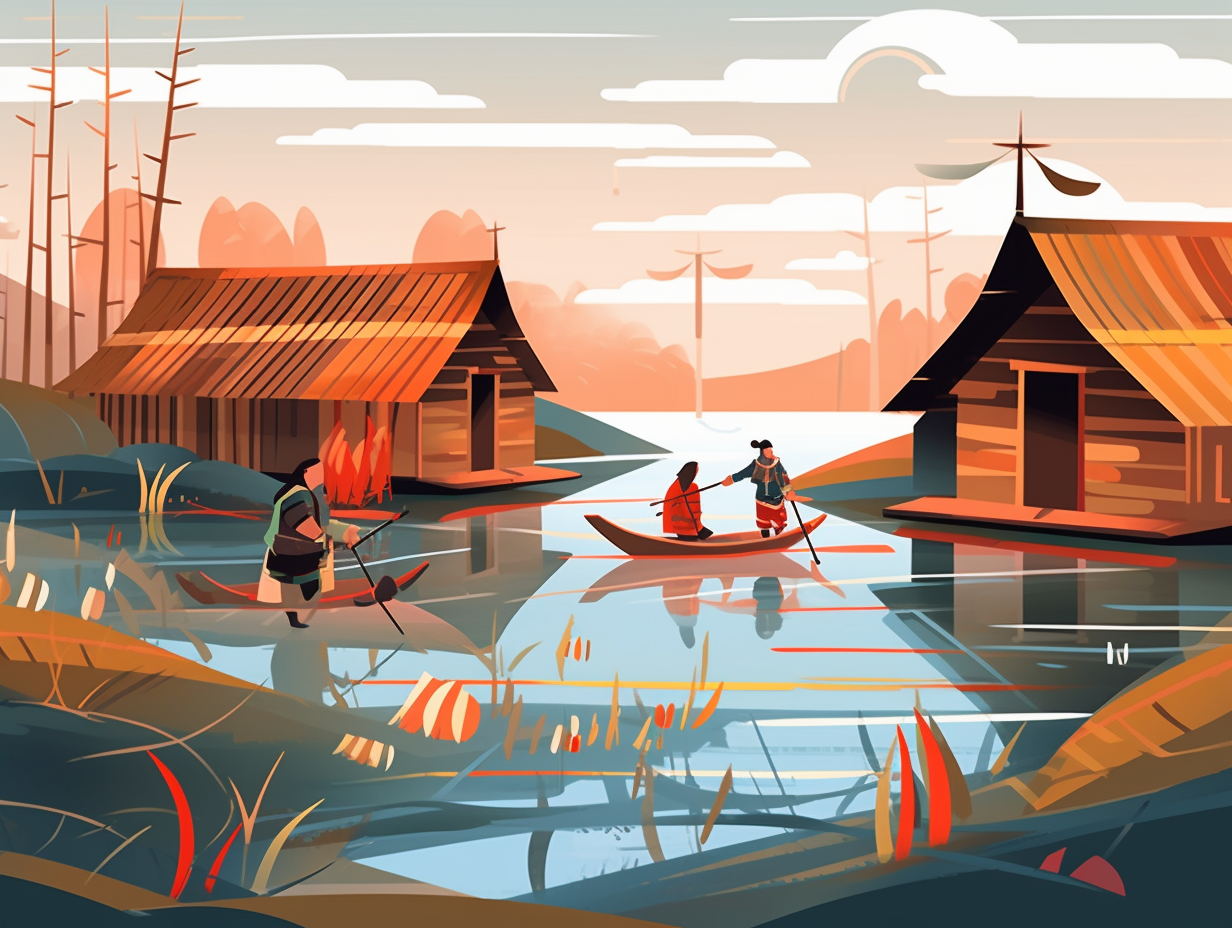
10. Dim Dinner Parties
Dimly lit dinner parties were all the rage in Viking times, with guests squinting to see what they were eating: In actuality, longhouses utilized gaps between the walls and the roof, covered by animal skins that could be rolled up, to let in natural light while smoke holes also provided a source of illumination. Candles, being the rich Vikings' luxury, made way for lamps using cod liver oil or seal and whale oil to brighten the hearty feasts.
Source => lifeinnorway.net
11. Original Smokehouses
If the Viking longhouses could speak, they'd have bragging rights for being the original "smoke on the water, fire in the sky": These uniquely designed, boat-shaped architectural masterpieces from medieval Scandinavia featured steeply pitched roofs and strategically designed smoke exit holes, and yet, remained humble by not directly influencing modern building practices.
Source => study.com
Related Fun Facts

